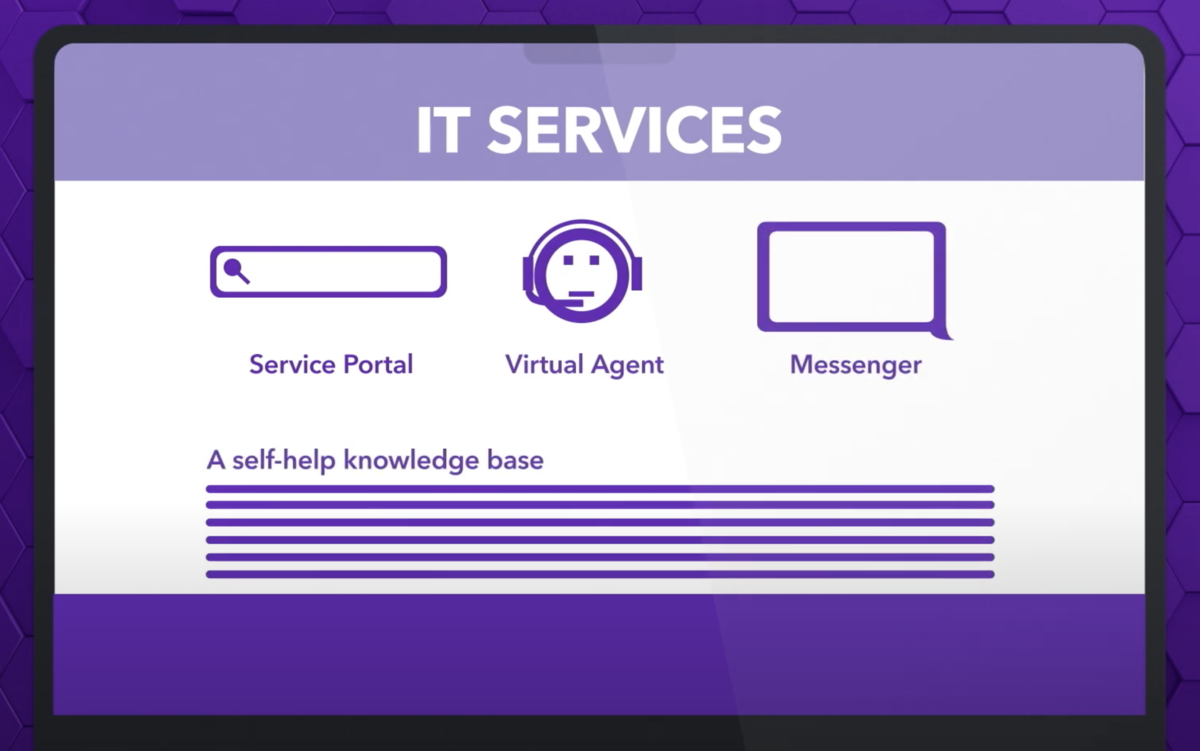Spark’s bid to overhaul the IT service desk
It’s the moment anyone working in a large organisation dreads - when you can’t sort out your tech problem yourself and have to resort to calling the IT service desk for help.
Despite the rise of automation, chatbots, and the ability to configure and update devices and applications remotely, IT service desks still have a reputation for being slow to respond to queries. When they do, you’ll probably wish you hadn’t bothered calling them, as they admonish you for not sticking to their rigid policies, or drown you in technical language.
From the IT service desk team’s perspective, it is forever dealing with low-level technical queries, and tickets piling up from ungrateful and demanding customers. The answer for many organisations is to outsource service desk to specialist tech support companies, which have tried and tested processes for managing IT services.

Spark's ServiceFlex IT support channels
But the experience for IT users is often little better. Now Spark is trying to address that with ServiceFlex, a new service aimed at its corporate, enterprise, and government customers. It’s a modular offering that works across Spark’s IT’s services drawing on smart “technology, automation, and artificial intelligence”.
Spark claims ServiceFlex creates a “seamless service experience” by more effectively drawing on digital channels, and creating a dashboard to give IT service teams a better handle on how effectively tech-related queries are handled.
 “What sets ServiceFlex apart is the move from purely looking at raw metrics to looking at the bigger picture, providing our customers with insights through key performance indicators (KPIs) in interactive charts and graphs that measure end-to-end user experience,” says Penny White, Spark’s General Manager for Technology Services and Customer.
“What sets ServiceFlex apart is the move from purely looking at raw metrics to looking at the bigger picture, providing our customers with insights through key performance indicators (KPIs) in interactive charts and graphs that measure end-to-end user experience,” says Penny White, Spark’s General Manager for Technology Services and Customer.
“This creates a more collaborative partnership with our customers as we work with them to improve overall customer experience and evolve our services together according to their business needs,” she adds.
White says ServiceFlex can also help the IT operations team streamline its processes and take a proactive approach to prevent business disruption.
“For example, our Digital Lifecycle Management solution will fully automate the renewal of Digital Certificates, and our IT operations technology will speed up event diagnosis and resolution and identify ‘self-healing’ opportunities,” she says.
Spark claims its customers can “reduce total cost of ownership” of IT service functions through “smart tooling and processes”.
Since the Covid-19 pandemic upended many processes with the wholesale shift to remote working, IT service desks have been reinventing themselves. There’s a greater focus on self-service, with guides and explainers on offer to employees, and preemptive messaging to identify tech issues before they cause disruption. AI is also playing an increasingly important role across help desks and contact centres in general, allowing IT services teams to automate the triaging and routing of support conversations and to better understand customer feedback.
If Spark customers do need to talk to a human after all of those modern tools have attempted to answer their tech challenges, Spark says “NZ-based employees” are ready to respond.
